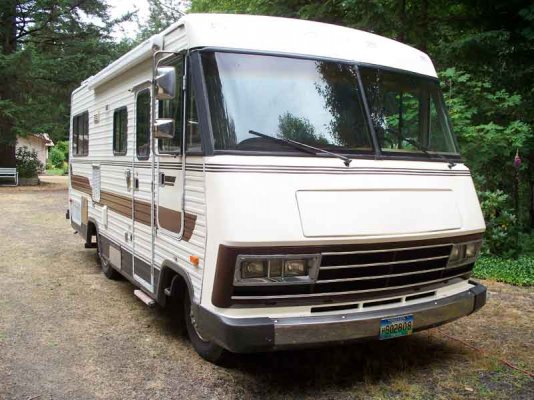Hi Natasha...I just wanted to offer you a little advice on this repaint project. I completely repainted my '88 32 ft. Itasca Windcruiser a few years back. It was quite a job and took a lot of labor, time and money to finish. At the time, I had my own shop, a 10,000 sq. ft bldg with compressors, air lines and a spray booth. Although I could not fit the motorhome into the spray booth, it was very instrumental in helping me to exhaust the paint fumes.
I would estimate that the entire paint job (not including my labor) cost me about $1300.00. This included all of the paint materials, both primers and finish colors, and all of the materials necessary to get the motorhome ready to paint. There is a tremendous amount of work to do prior to applying the first coat of paint. My guess is that I probably spent 60 to 70 hours prepping the coach. I only had help on removing and reinstalling the awning.
My suggestions would be:
1. Be darned sure that you are willing and capable of tackling a job like this.
2. Take some photos and do some color layouts so that you know exactly what you want the coach to look like before you start.
3. Remove everything that comes off of the motorhome prior to beginning ie: awnings, lights, ladder, etc.
4. Repair every little crack or flaw in the coach prior to painting. Use a professional if necessary.
5. Have an enclosed dust-free area to mask, prep and paint.
6. Use only the best paints (epoxy-based polyurethanes or equal) and thinners.
7. Make sure that your compressor is large enough to supply the necessary air for the duration.
8. Paint the coach in sections ie: Front, thenrear, then left side, etc. If you can set up a long plank on a couple of ladders to do the sides, it will make it much easier than moving a ladder and climbing it for each pass.
9. Have fun and take lots of pictures.
Steve

